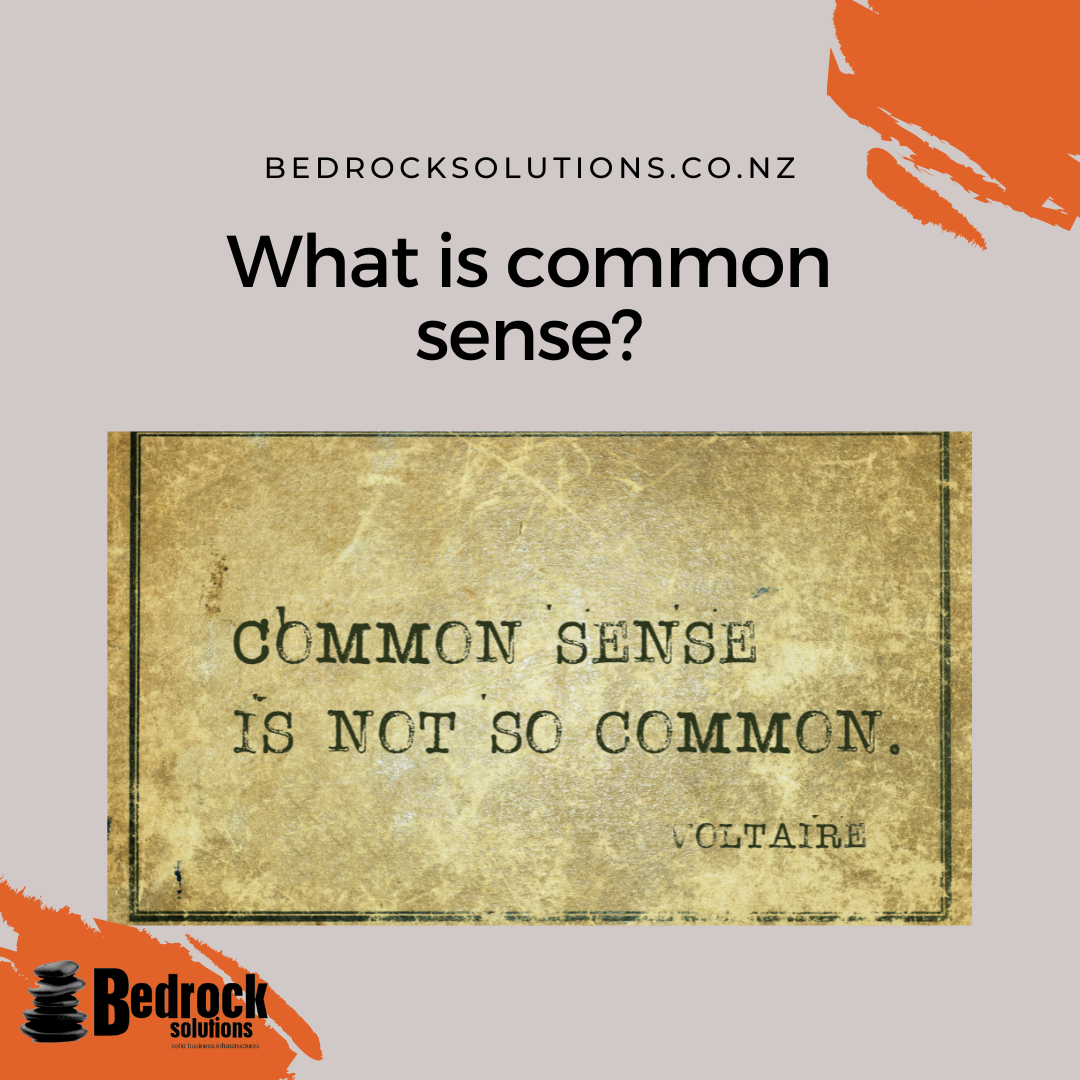What is common sense?
Common sense is something that we assume everyone has. However, specific knowledge may be specific to your experiences and training, so not necessarily common to everyone. A simple and effective rule to apply in any work setting – don’t assume anything! Use this rule and follow the following steps to reduce the likelihood of things going wrong.
Step One: Define your expectation of what is required to do the job right first time. Include safe work practices, quality standards, resources required, timeframes etc.
Step Two: Transfer your expectations of what is required into measurable requirements. There is an old adage (you can only manage what you measure). To measure a person’s competency, you can ask critical questions and evaluate their practical work. A great document to develop and use to measure competency is a standard operating procedure (SoP).
Step Three: Regularly communicate with employees to discuss best practice. This fits naturally with the review cycle of the hazards in your workplace. At every toolbox meeting at least one hazard should be reviewed, drilling down to the associated SoP. This ensures good practice is reinforced and employees have an opportunity to participate in the review on hazards and standard operating procedures (SoPs).
Step Four: Formal annual review of employees carrying out critical tasks. Employee evaluations are documented with the employee and expert signing and dating the completed evaluation form. The benefit of this approach is to identify and correct any back habits that may have crept in over the previous period.
The above steps align with the standard quality cycle of Plan-Do-Check-Act and if embedded correctly will add to your profits.
Contact us to see how we can help you.
Date Posted: 04 October 2021

